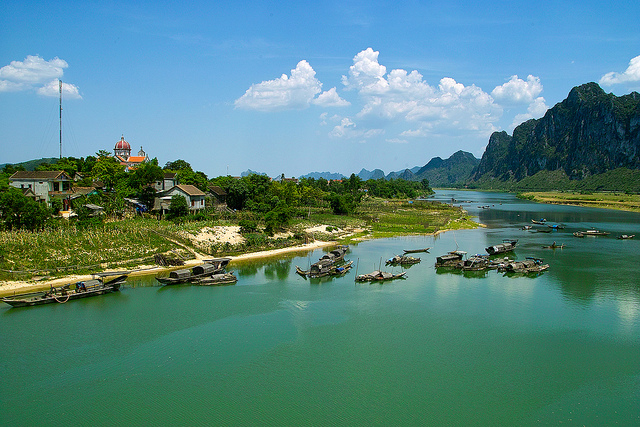Mekong delta is located in Southwestern Vietnam. In Vietnamese, it was called Cuu Long. It means Nine Dragons for the nine months that terminate the flow of this great river as it is absorbed by the sea. Its total area is around 39.734km2 and include provinces: An Giang , Ben Tre, Bac Lieu, Ca Mau, Can Tho, Dong Thap, Hau Giang, Kien Giang, Long An, Soc Trang, Tien Giang, Tra Vinh, Vinh Long.

Mekong delta is well-known as the biggest rice-growing region in the country. Other products of the delta include coconut, sugar cane, fruit and fish.The main towns of the delta are My Tho, Vinh Long, Can Tho and Chau Doc. My Tho is the first stop when you go from Ho Chi Minh city to the delta. It is popular with a taste of authentic delta life. Here tourist can take Sampan along the waterways, visit tropical fruit orchards and enjoy the local delicacy, Elephant’s Ear Fish. Then you will come Vinh Long. It is the island in Mekong River. Coming there you have a chance to take part in Floating Markets in which all kinds of product are traded from boats. To make shopping easier, the boats suspend a sample of what they sell from the top of a long pole.

Besides, you can visit small riverside workshops including blacksmiths, rice huskers, thatchers and coffin makers. Contemplating local orchards, flower markets and fish farms is other interesting activities when you come Mekong delta.
Say goodbye to Vinh Long, you will come Can Tho. It is a commercial center of the Mekong Delta. Here you can visit the biggest floating- Cai Rang Floating Market in the morning. A spectacular sight outside of town is the stork garden at Thot Not where hundreds of egrets, herons and cormorants gather in the treetops to roost late in the afternoon.
The last place is Chau Doc. It is located at the foot of Sam moutain on the Cambodian border. Here you can enjoy the large Cham, Khmer and ethnic Chinese communities and the distinctive architectural styles of each community can be seen in their places of worship around the town.

You can take a boat trip to see the unusual floating fish farms, houses with wooden pens suspended underneath where live fish are kept. You will get exciting experiences in Mekong delta which nowhere can bring to you. Let come and discover by yourself
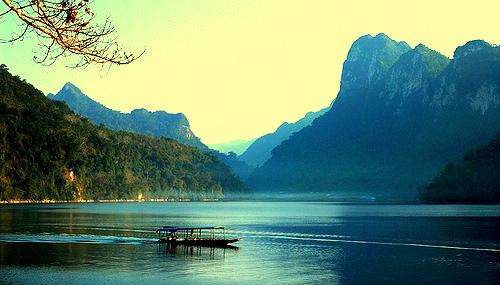














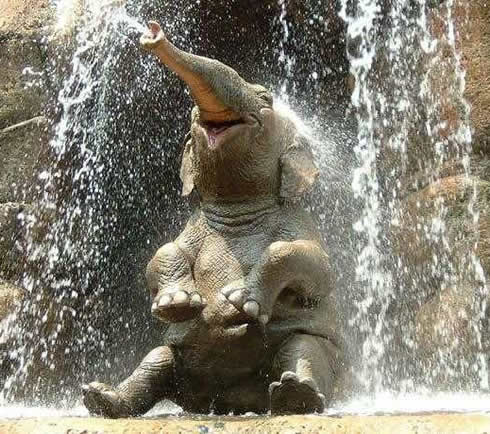

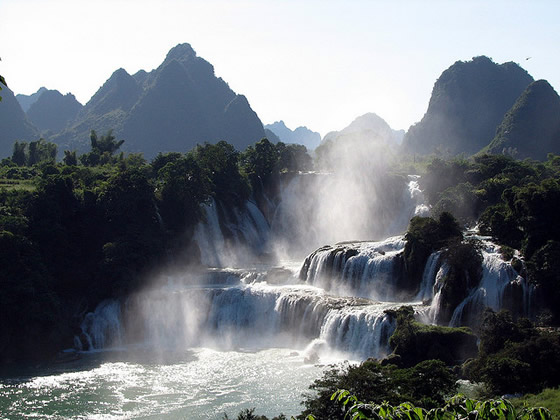

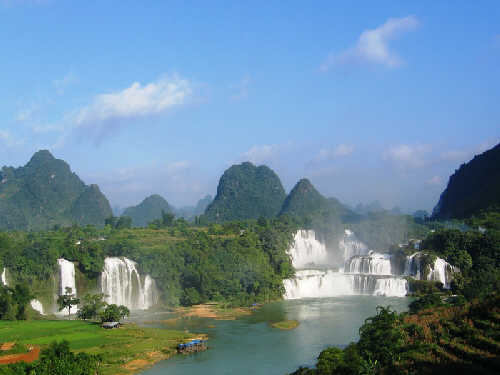



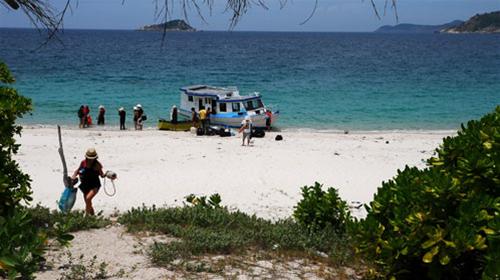


.JPG)

















